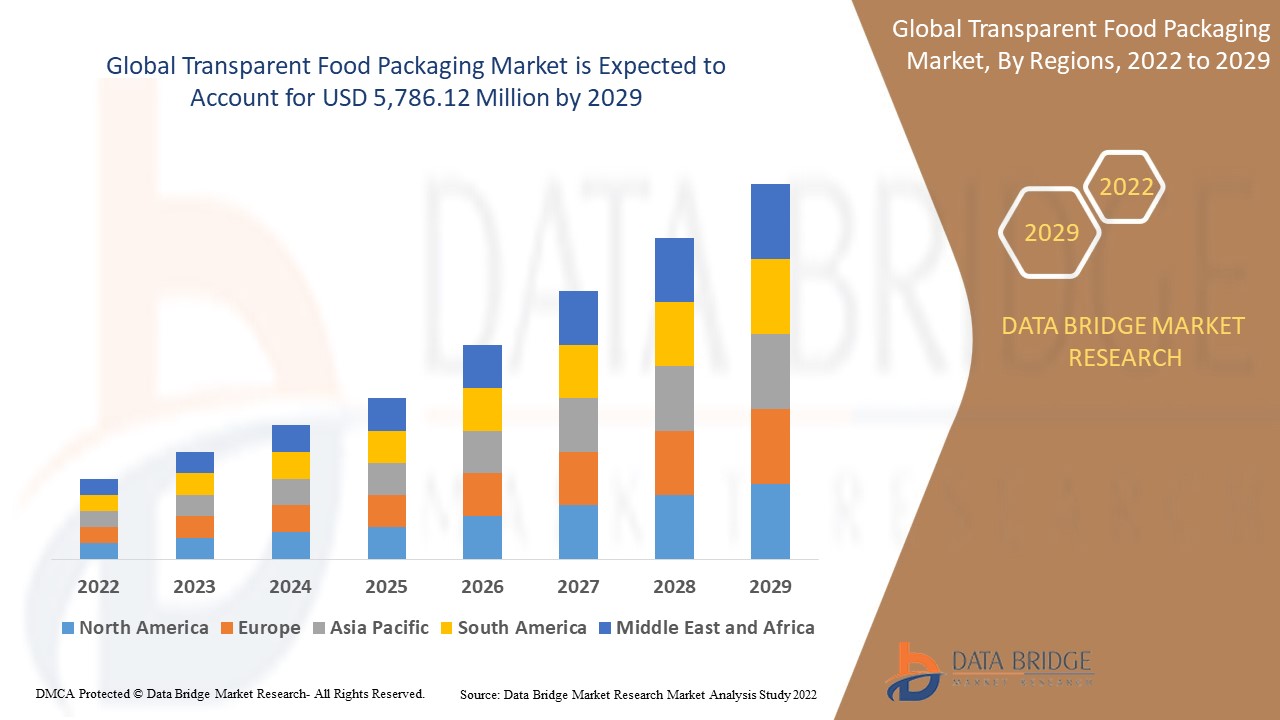Unlocking Growth with Account-Based Marketing: What ABM Really Means for B2B
In todays dynamic B2B marketing environment, the traditional one-size-fits-all lead generation model is giving way to more refined, targeted strategies. One of the most powerful approaches emerging in this shift is Account-Based Marketing (ABM). Instead of casting a wide net, ABM focuses on high-value accounts with personalized marketing campaigns. For organizations like Acceligize, ABM offers a blueprint to drive engagement, pipeline velocity, and revenue growth by aligning marketing and sales around shared goals.
At its core, Account-Based Marketing (ABM) is a highly focused business strategy in which a marketing team treats an individual prospect or customer like its very own market. With its roots in strategic relationship-building, ABM is not about reaching more peopleits about reaching the right ones with the right message at the right time.
The Core Philosophy Behind ABM
ABM is grounded in precision targeting. Unlike traditional demand generation strategies that target a broad audience, ABM centers on identifying key accounts that match the ideal customer profile (ICP). Once identified, marketers tailor campaigns that speak directly to the needs, pain points, and buying signals of those accounts. This means less waste and higher conversion efficiency.
Successful execution of Account-Based Marketing (ABM) involves deep research, collaboration between marketing and sales, and a well-orchestrated outreach plan. This unified approach delivers tailored content and messaging across multiple channelsemail, social media, direct mail, and more.
Key Elements That Define ABM
- Account Identification
The starting point of Account-Based Marketing (ABM) is defining which accounts are worth pursuing. This involves segmenting prospects based on firmographics, technographics, buying behavior, and past interactions. Tools like intent data platforms and CRM analytics help narrow down a high-value target list. - Personalization at Scale
Once the target accounts are identified, personalized content is crafted for each decision-maker within the account. ABM emphasizes value-driven messaging tailored to each stakeholders specific role and challenge. - Sales and Marketing Alignment
A hallmark of ABM is the tight collaboration between marketing and sales teams. They work together to craft campaigns, share insights, and close deals, ensuring consistent messaging and strategy throughout the buyer journey. - Multi-Channel Engagement
ABM strategies use a blend of digital and traditional channels. Whether its targeted display ads, personalized emails, webinars, or even physical mailers, the engagement must be synchronized and account-centric. - Data-Driven Optimization
ABM campaigns are continuously monitored and refined based on performance metrics. Engagement rates, pipeline influence, deal velocity, and ROI are commonly tracked KPIs to optimize campaign impact.
Why ABM Is Critical in the 2025 B2B Landscape
The B2B buyer journey has become more complex, involving multiple stakeholders and longer decision cycles. Traditional marketing often fails to influence these journeys effectively. Account-Based Marketing (ABM) fills this gap by focusing on quality over quantity and leveraging data to enhance relevancy.
With B2B buyers expecting personalized experiences and unified brand messaging, ABM becomes an indispensable strategy for marketers. By treating accounts as markets, businesses can create meaningful connections that lead to higher win rates and customer lifetime value.
To know more visit us @ https://acceligize.com/
Types of ABM Strategies
ABM can be categorized into three major types, each suited to different business sizes and objectives:
- One-to-One ABM (Strategic ABM): Deeply customized marketing plans for a small number of high-value accounts. Typically used for key enterprise targets.
- One-to-Few ABM (ABM Lite): Tailored campaigns for small clusters of accounts that share similar characteristics. More scalable than one-to-one.
- One-to-Many ABM (Programmatic ABM): Leverages technology and automation to deliver semi-personalized campaigns to a larger set of accounts.
Each of these tiers uses the core principles of Account-Based Marketing (ABM) but applies them differently based on resources and scale.
Technologies Powering ABM in 2025
Modern ABM programs are fueled by advanced technology platforms. Account selection, engagement, and measurement are supported by tools like:
- Customer Data Platforms (CDPs) for unified customer profiles
- ABM platforms like Demandbase, 6sense, and Terminus for orchestration
- CRM and Marketing Automation for sequencing and follow-ups
- Intent Data Tools for identifying buying signals and market readiness
- Predictive Analytics for refining ICPs and segmenting accounts
These tools help in operationalizing Account-Based Marketing (ABM) efficiently, enabling marketers to deliver tailored experiences at scale.
Measuring ABM Success
Success in ABM isn't judged by the volume of leads generated but by the quality and movement of high-value accounts through the funnel. Metrics to evaluate ABM include:
- Account engagement (time spent, interactions across channels)
- Pipeline velocity (how quickly accounts move through stages)
- Conversion rate (accounts turning into customers)
- Deal size (higher average contract values are expected)
- Revenue influence (how ABM impacted the closed deals)
Since Account-Based Marketing (ABM) is more targeted, results can be more directly tied to marketing initiatives, allowing for cleaner attribution and stronger ROI tracking.
ABM and Buyer Experience
The buyer experience is central to the success of any ABM initiative. By delivering relevant, timely, and personalized content, businesses create a buying experience that feels more like a consultative partnership than a sales pitch.
ABM fosters deeper trust and brand loyalty. Stakeholders at target accounts receive content that addresses their specific business goals, challenges, and ambitions. This high-touch engagement shortens sales cycles and builds long-term relationships.
ABM Use Cases Across Industries
From tech startups to enterprise software providers, Account-Based Marketing (ABM) is adaptable to various industries. In healthcare, for example, ABM can target decision-makers in specific hospital systems. In financial services, firms can pursue high-net-worth clients with personalized investment insights. In manufacturing, ABM helps engage procurement officers with solutions tailored to production efficiency.
No matter the industry, ABM creates a strategic advantage by reducing marketing waste and increasing win rates.
Read More @ https://acceligize.com/featured-blogs/what-is-account-based-marketing-abm/






























